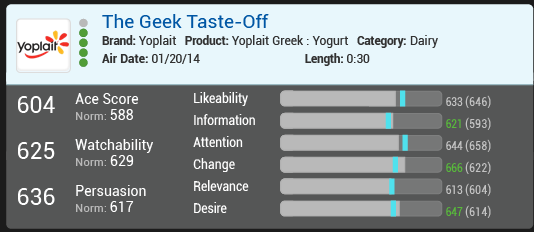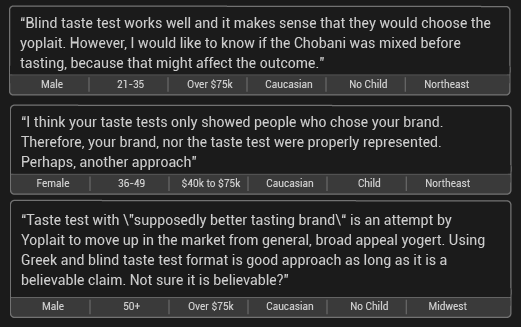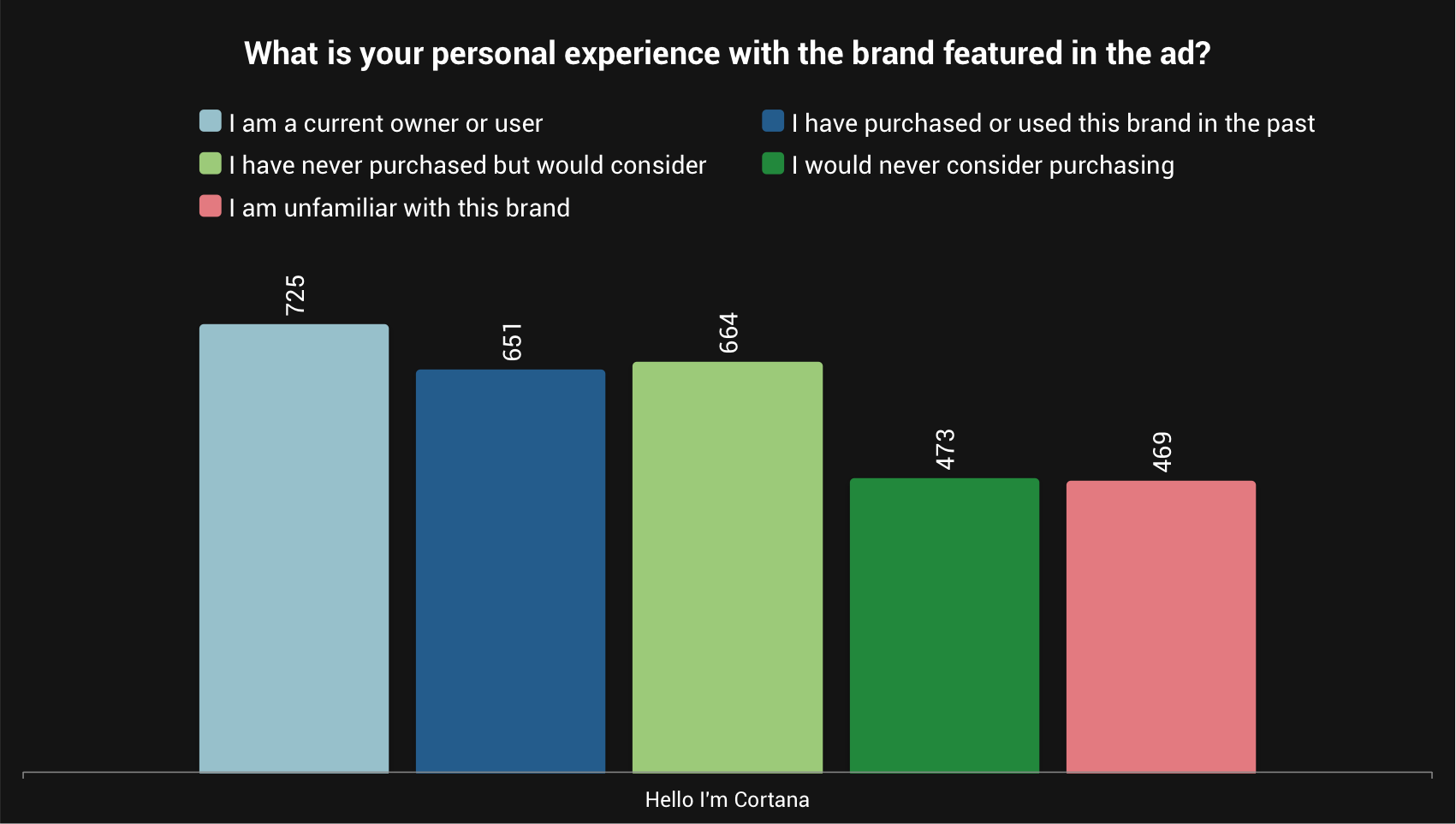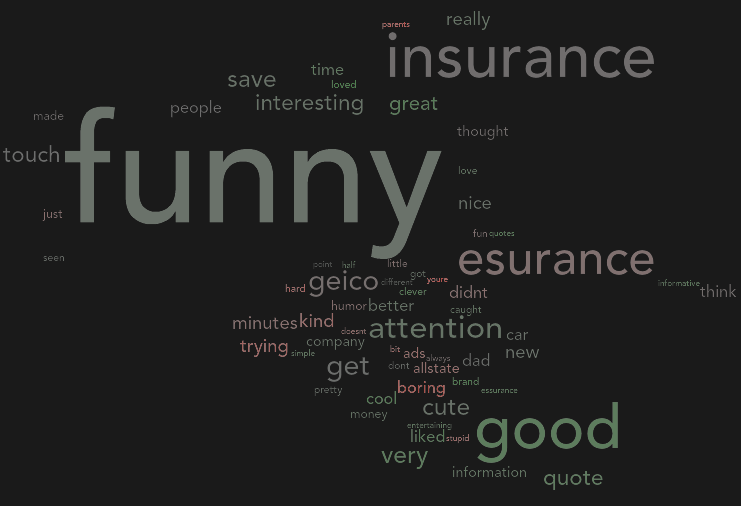Can you count the number of attack ads targeting Apple that have debuted since Apple’s big event? Three. Two from Microsoft and one from Samsung. For those of us who are fanboys of the highly hyped tech brand, you might feel a bit bad for them. However, I think we can all quickly remember the day when it was Apple poking fun at the big guy instead of the other way around.
Product comparison and brand attack ads are nothing new. It’s commonplace to see a challenger brand stating outright why its brand is superior to another. Although the rules feel a bit fuzzy as to how much is too much. Remember the SodaStream Super Bowl controversy where featuring the packaging of Coke and Pepsi was deemed unacceptable? What does the general population think of these types of targeted comparison ads? Digging through a number of brands that have debuted ads this past year directly targeting their competitor, the most common thread between them is their ability to influence the viewer’s idea of how the challenger brand is changing.
Yoplait has been pushing an aggressive campaign against Chobani this year, touting that its Greek yogurt is preferable over its broadly known competitor. The campaign began with “The Greek Taste-Off” earlier this year. While the tasty yogurt brought in high Desire scores, it was the comparison to the established Greek yogurt brand, Chobani, that brought it a high Change score, 7% above the current 90-day norm.

While, overall, “The Greek Taste-Off” performed well, with an Ace Score 3% above the 90-day Dairy category norm, comparison ads can tend to make people question the validity of the comparison, results or the ad’s message.

Consumers may be even more cynical of electronic product comparisons. Microsoft’s latest ad comparing Cortana to Siri had several consumers wondering how savvy Cortana actually is in real life – likely representative of Siri’s own shortcomings. Nonetheless, the effectiveness of this ad shines through the spot’s 630 Ace Score, which is 6% higher than the 90-day Computer Hardware category norm. Consumers who use similar Microsoft products currently or have in the past, awarded this ad an even higher score. Most surprising of all is how 54% of the survey’s respondents positively responded that although they’ve never purchased or used the brand, they may consider it in the future. This group of consumers awarded the ad an Ace Score of 664.

So, how many of the consumers surveyed are die-hard Apple fans? Six percent said that they “would never consider purchasing or using this brand.”
Esurance uses a bit more of a sly approach when challenging its biggest competitor, Geico.
Despite not naming its competitor directly, 4% of consumers still mentioned Geico when providing an optional comment for the ad.

A common risk among such a subtle comparison commercial, some consumers thought the ad was for Geico until it was revealed at the end to be esurance. Overall, still, the ad performed well, 3% above the 90-day Insurance norm.
In general, looking across nearly 20 comparison ads from this year, it seems calling out a competitor doesn’t turn consumers off entirely. In fact, often times, it brings an issue to light that consumers had never thought of before.
But these are just a couple of the many examples running on primetime right now. Got a favorite (or a favorite to hate)? Tweet us or email to find out more about your favorite competitors.